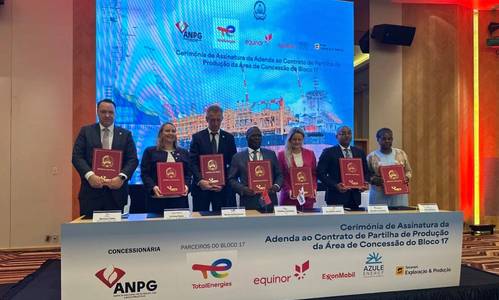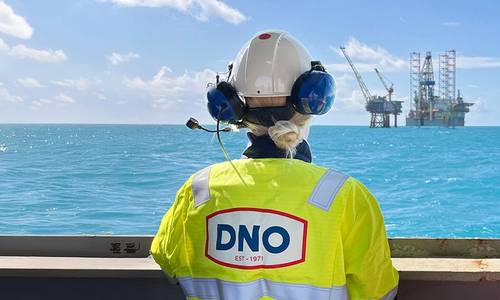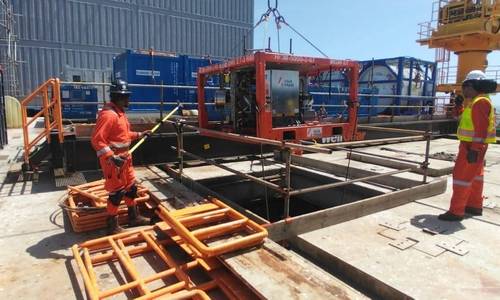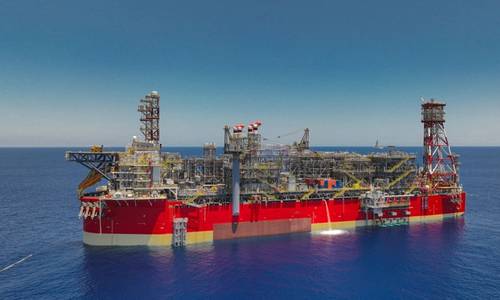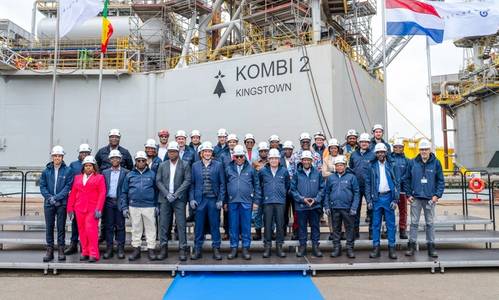JDR Wraps Up Type Test Qualification of Next-Gen Offshore Wind Cables
June 12, 2025

JDR Cable Systems (JDR), part of the TFKable Group, has completed two new type test qualifications at 132kV for static and dynamic array cables, supporting the next generation of fixed and floating offshore wind projects.
The successful testing marks a critical step in delivering U.K.-manufactured high-voltage cables, ready to support larger turbines and deliver power over longer distances, enabling more efficient and cost-effective offshore wind energy.
JDR’s static cable development and testing was supported by a Development Grant from the Offshore Wind Growth Partnership, and produced in collaboration with a leading materials supplier, with extensive testing performed at Offshore Renewable Energy (ORE) Catapult.
JDR will manufacture the 132kV cables at its upgraded Hartlepool facility as well as in its new high-voltage cable manufacturing facility in Cambois, near Blyth, Northumberland.
To facilitate the installation of next generation offshore wind turbines at 20 MW and above, as well as accommodating increasing distances from shore and greater water depths, the industry requires significantly higher voltage cables.
By doubling the voltage of the industry-standard 66kV array cable, JDR’s technology will allow increased transmission between turbines at higher-capacity – a vital factor in continuing to reduce the cost of offshore wind and assist in reducing the impact of clean energy prices for consumers.
The successful type test qualification of the fixed foundation 132kV static cable technology is further supported by the successful completion of JDR’s second high-voltage cable development, under the Department of Energy Security and Net-Zero’s Floating Offshore Wind Demonstration Programme.
The AHEAD (Advanced High-Voltage Export and Array Dynamic) cable project has demonstrated the viability of 132kV dynamic cables for floating wind applications.
A full testing program has been successfully completed, including over 1.5 million tension-bending cycles, thereby validating the reliability of the advanced cable design when subjected to the dynamic motion it will endure in offshore floating applications.
“We pride ourselves on providing solutions to the energy sector ahead of time and with our 132kV technology, we will do exactly that.
“Dynamic cables for floating wind and advanced 132kV cable technologies are critical for the progressive deployment of both fixed and floating offshore wind, enabling developers to not only deploy larger turbines but also to site floating offshore wind in deeper waters, further offshore. It’s an exciting time for the industry and we are right at the forefront by developing, validating and delivering new solutions for the benefit of the offshore energy industry and electricity consumers,” said Joe Cole, Technology Manager – Power Cables at JDR.
As part of its broader strategy to drive innovation in high-voltage subsea technology, JDR is contributing its technical findings to the international standards body CIGRE, helping to inform the evolution of safety standards for higher voltage applications
In addition, the company is actively involved in the Carbon Trust’s Offshore Wind Accelerator High Voltage Array Systems project, which supports the development and qualification of 132kV cable technology within the U.K.

